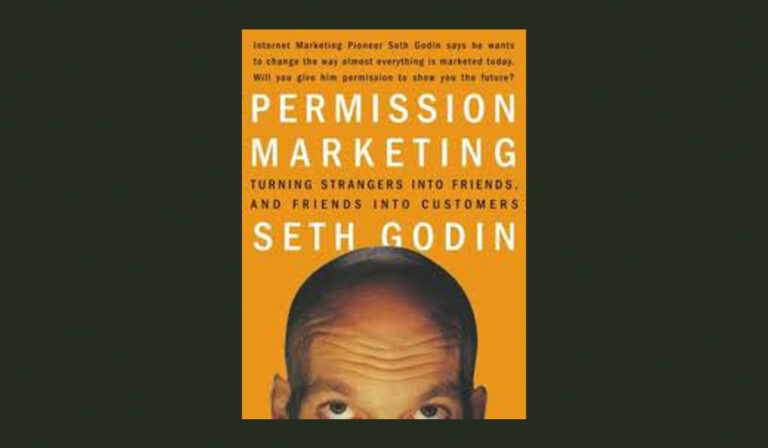3 Easy and Proven Ways to Scare Away Your Prospects
Is your credibility as a marketer making it harder for you to keep up with the latest jokes and memes? Does it ever feel like too many people are responding to your offers, forcing you to process new sales and service clients when you’d rather be napping?
Don’t worry – I’ve got just the solution. Today, I’m going to show you how to get rid of those annoying leads and customers, and make sure your website stays conversion-free, with my three can’t miss – and proven – ways to scare away prospects fast!
Before I get into the actual advice, let me assure you that we’re talking real world here, not some weakling “concept” like so many business marketers banter about like yesterday’s flat white. Unlike a lot of other trust-destroying systems, these won’t fool you at the last minute and leave you with unwanted attention or revenue. I’ve seen these tactics used often enough to practically guarantee they’re going to work for you, regardless of what kind of business you run or which potential customers you need to repel.
With that little bit of quality assurance out of the way, let’s look at what you can do to tone down your marketing efforts and free up your life once again…

#1: Pitch With a Guarantee (But no Proof)
You have to be careful with guarantees. If you can prove that your product or service can actually help someone, then customers might take you seriously if you start to provide assurances that they’ll be satisfied or get their money back. Things like testimonials with actual names, photos, and links, or detailed case studies, could give buyers the wrong impression.
A better tactic, if you want to be left alone, is to give a very vague guarantee. What you want is something that says, “You probably couldn’t hold me to what I’m promising you, even if you tried.” Don’t give any specifics about what your guarantee actually means, or how you’ll make things up to a customer if they aren’t completely happy. And, no matter what you do, don’t give them any proof of what you can do, since that only invites deeper thinking and possible click-throughs.

#2: Gate Information (if You Have Any at All)
Now, you might be tempted to add some useful information to your website. Unfortunately, content in the form of videos, downloadable reports, buyer’s guides, and white papers can all be extraordinarily useful to someone who’s trying to learn about a company, product, or industry. So, to be sure that customers stay away from these items – and stop bothering you with unnecessary orders and requests – it’s important to put these resources behind some kind of gate.
The genius of this strategy is that, if someone wants to get at this information, they have to join your site or provide payment info first, and without knowing whether anything you’re offering will be worth the trouble. Most visitors aren’t going to be willing to take that step, of course, which puts you right on course for an afternoon off, and maybe even a long weekend.
The best thing about gates is that it doesn’t necessarily matter what kind you use. As long as it’s restrictive, and people have trouble finding out what you’re really offering, you can be sure the barrier will work as intended and keep buyers at arm’s length.

#3: Require a Credit Card to Initiate a Trial
If the first two measures I’ve suggested aren’t working for you, I promise this one well: don’t let anyone try anything you have to offer without entering their credit card number first.
Doing so is the ultimate protection against bothersome intrusions. Because searchers don’t know you enough to trust you, and don’t know enough about your products or services before they’ve tried them to tell whether they’ll actually want them after a trial, they are going to be very hesitant to share financial information with you. What if they end up being a bad fit for what you have to offer? Or, what if they try to cancel and you charge their card anyway? Heck, what if you’re just running a scam and collecting credit cards without offering anything?
People who are looking around for answers online already have these questions in their heads. All it takes from you is a little nudge – the request for a credit card number before you’ve given them anything of value in return – to get them to stop bothering you and take their annoying business somewhere else.
Are You Ready for More Peace and Quiet?
People who are searching the web want useful information and proven solutions. If you give them that, especially in a helpful, non-overbearing way, they are never going to leave you alone. In fact, leaving fresh, verifiable content with citations on your website will attract searchers and customers like stray dogs. That’s why I advise you to stay away from it (you know I’m joking, right?).
Instead, make the most of your leisure time by convincing buyers that they either have to take you at your word, with no proof that they’ll get anything in return, before they provide their email address and credit card information. It’s the only way you can be sure you won’t have to deal with annoying details like phone calls, downloads, and bank deposits in the future.
{{cta(‘7bddf774-979c-4867-82da-5615f1966395’)}} {{cta(‘ab2f54c9-130d-474d-b1fd-2f642e788b86’)}}







